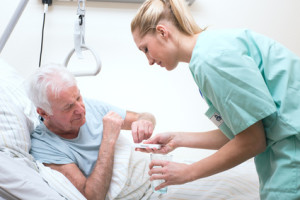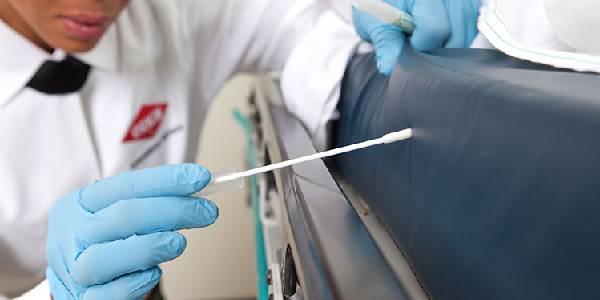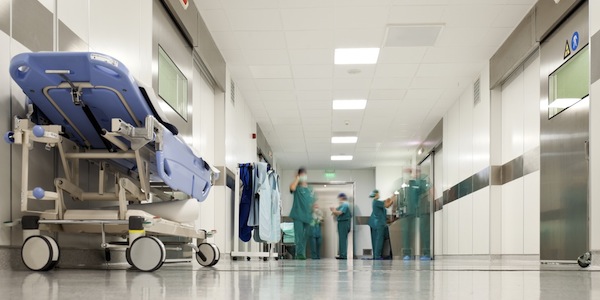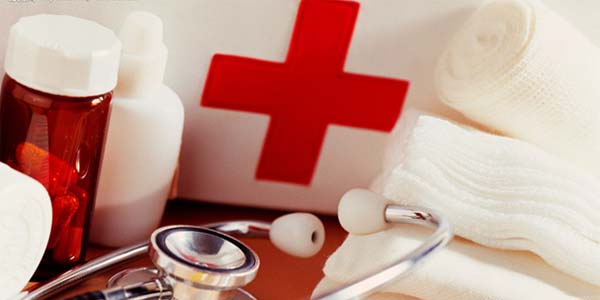Pest control in health care and hospitals remains quite challenging. It is hard to accept pest in any healthcare setting or doctor’s room. You may be working in a hospital and treating your patients. Tiny insects and bugs under the table or on the walls will remain busy doing their work share by eating the walls. Most people think pests are seen only in household. But the fact is they are also seen in restaurants, schools, hospitals, food warehouses and all kinds of commercial buildings.
Hospital is a place where patient comes for treatment. It should not be a place where they should get affected with serious medical conditions due to pests.
It is necessary to eliminate pest properly. If you do not take immediate action, it can develop its group and remain as a big nuisance. It can even destroy your construction. You have to do major repair and renovation as a result of serious pest issue. If you are looking for ways to control pest in your hospital or commercial building, ensure to get ideas from leading professionals like PCP, Pest Check, Pest Control India, etc.
Common structural pests like flies and cockroaches are known to spread serious diseases. Though it does not have place to settle in healthcare setting, the sight of these insects will make the place look untidy and dirty. When patients see these pests, they would feel your healthcare facility lacking in hygiene and cleanliness. It affects the reputation of the treatment center. Hospital is a healing and healthcare place. It should not remain as a dangerous place for patients.
Residential facilities like rehabilitation centres, nursing homes and hospitals face various challenges due to pest. It is difficult to maintain such residential facilities. Hospitals remain attractive and pleasing for pests. The pests and insects can get anything they want: shelter, warmth, food and steady availability of human being so that they can attack the persons and their belongings. Bed bugs are the most common pest seen in most hospitals. The patients carry bed bugs in some form or other.
Bed bugs are tiny bloodsucking animals on earth. It attacks any feasible living space. It is naturally oval in shape. It sucks human blood. It looks equal to apple seed. It is dangerous in nature. Do not fail to control bed bugs though you see one or two in number. When it sucks blood from humans, it turns brown in colour.
More Info About : Know About Your Senior Health Clinic
The body of bedbugs swell after feeding on human blood. It does not fly. It can move rapidly on the floor. Though it is small in size, it is a dangerous pest. It can move on roofs and dividers of the house. It is mostly active in night times. It tastes human blood by sucking from the portion that is left uncovered or without clothes at night time. Most people think they have been attacked by mistakes. It is bedbugs and it attacks mostly during night times.
Moreover, nursing rooms, rehabilitation facilities and hospitals have food service and food preparation facilities, laundry rooms, receiving areas, dumpsters, garbage storage areas and several areas that are favourable for pest infestation. Cockroaches infest mostly through the incoming food shipments. Flying insects and rodents settle on exterior trash storage places. It remains as their favourite breeding grounds. Chase ways and utility tunnels can remain as entry points for mice and rats. The entrance of the hospital have chances to allow different flying insects to enter the hospital.
www.bugaboopest.com offers tips and suggestions to control pest in hospitals and commercial areas. Hospital is an area where people come and go and it has everything that makes the construction susceptible to pest infestation. PCP have incorporated set of practices for best pest management in hospitals and health-related facilities.
Communication:
Communication plays an important role in hospitals. The hospitals require easy to use and effective communication system that helps the staff members to efficiently and quickly report minor and major pest control concerns. Reporting slips and centralized log books can be used for communication purpose. It makes simple for staff and team members to complain about problems without disturbing their duties. The staff members can write down and keep about the pest infestation. The professionals would check the log book and take actions accordingly.
Inspection, inspection, inspection:
- The pest control professionals act as detective to find out the pest problems. They look for issues and situations where pests can settle in later date. For instance, they check on things like;
- Crevices and cracks that can offer harborage for pests.
- Improperly or missing-installed door sweeps, potential pest ingest places and unscreened or broken windows.
- Places that require sanitation attention.
- Improperly or spilled storage of food items.
- Damaged or overflowing dumpsters. For instance, dumpsters with poorly fitting lids.
- Leaks and moisture problem.
 The professionals inspect the entire hospital before taking any action. They use different monitoring devices and non-toxic traps. When needed, they even use pheromone traps. It is an effective trap that offers early warning. It also serves in control purpose like in conditions of storing food pests.
The professionals inspect the entire hospital before taking any action. They use different monitoring devices and non-toxic traps. When needed, they even use pheromone traps. It is an effective trap that offers early warning. It also serves in control purpose like in conditions of storing food pests.
Non-chemical control measures:
When it comes to offering pest control services to hospitals, the professionals ensure to depend on non-chemical control. It remains as their main pest control strategy. The professionals ensure not to use any pesticides during regular visit. According to particular pest problems or the buildings, the professionals will combine non-control measure with the following;
- Inspection.
- Caulking of crevices and cracks in the food service, kitchen and food storage areas.
- Sealing and identification or potential harborage and pest entry areas. The pest control professionals refer it as pest exclusion.
- Rectification of moisture problems like leaky faucets, clogged drains, etc.
- Air curtains exits and entrances, if necessary.
- If needed, bird spikes, pest resistant ventilation covers and chimney caps and other wildlife prohibiting measures.
The professionals will correct the problem or inform the housekeeping staff or maintenance to address them. It mostly depends on upon the nature of pest issue. In both the case, the pest control professionals will report findings, recommendations and take actions as early as possible. The staff members of the hospital have to record in the log book or contact the designated person if they find any traces of pest.






